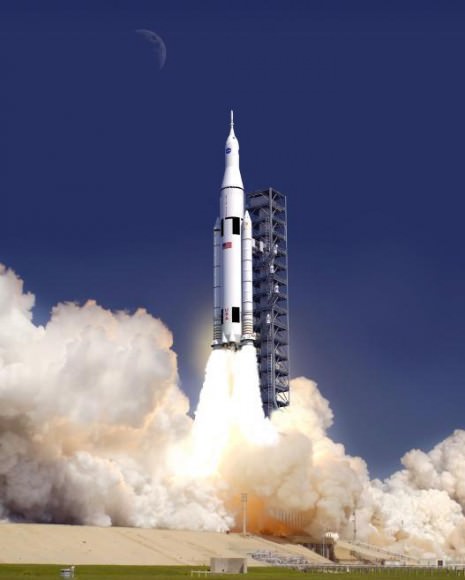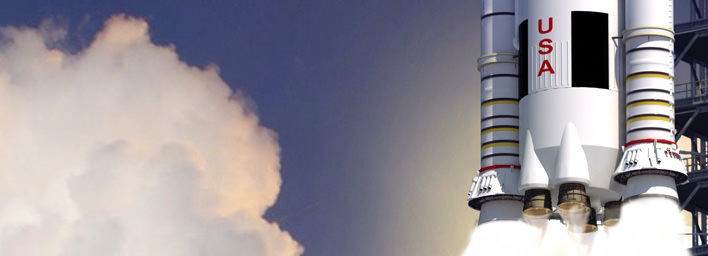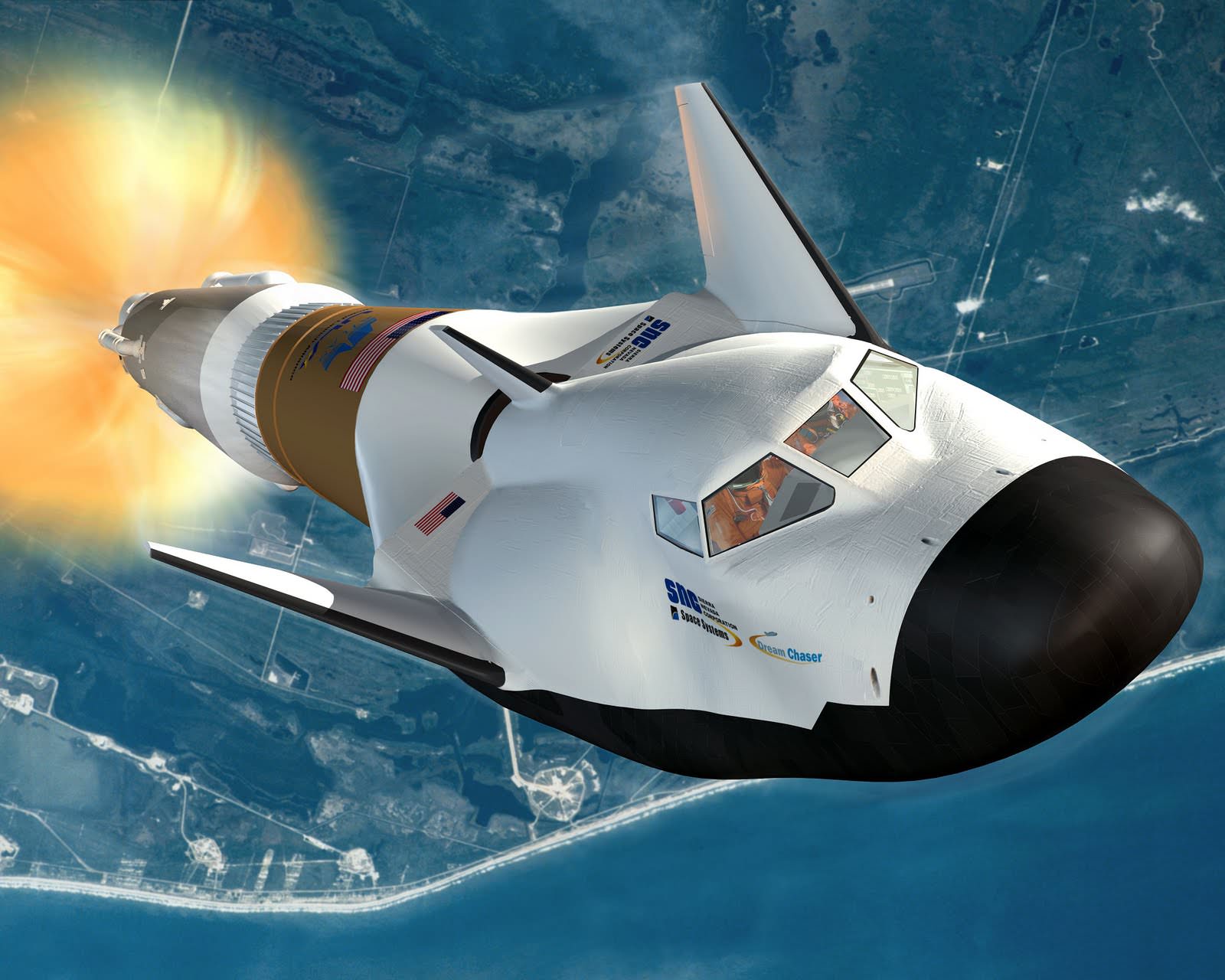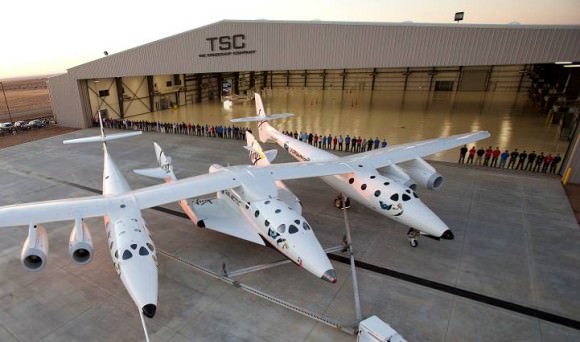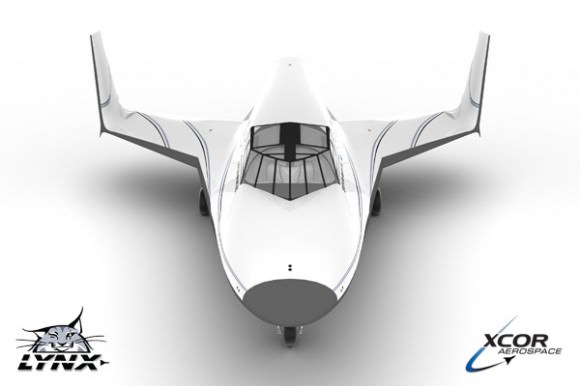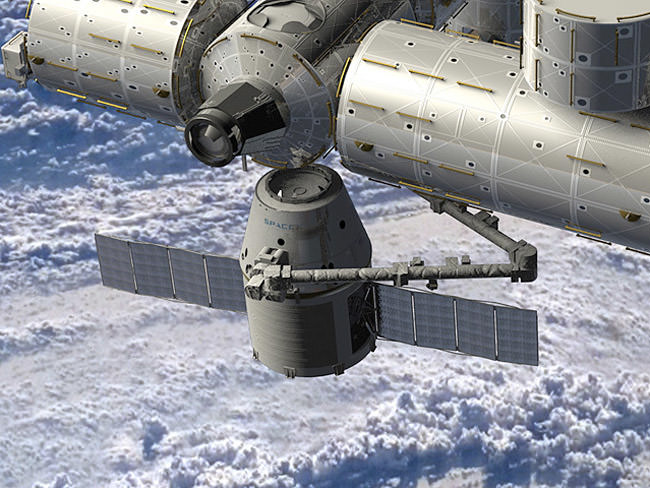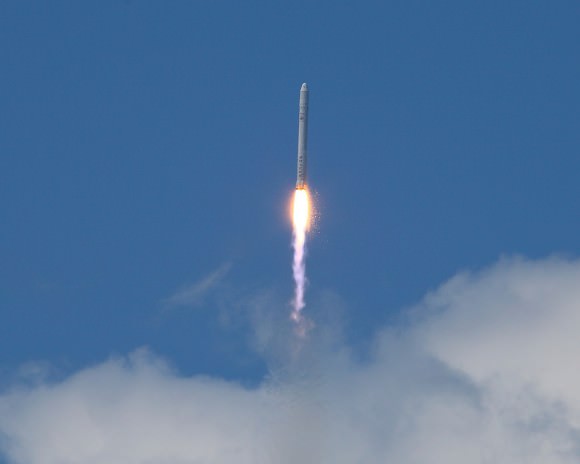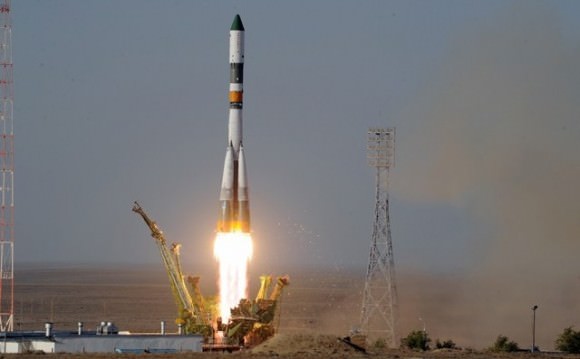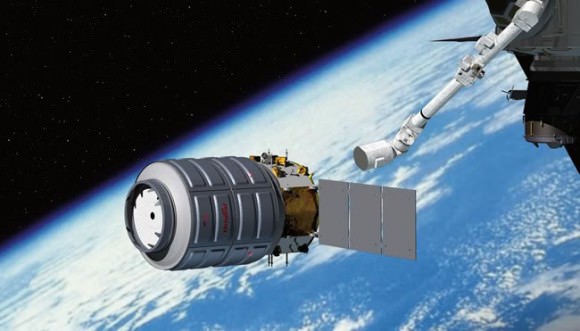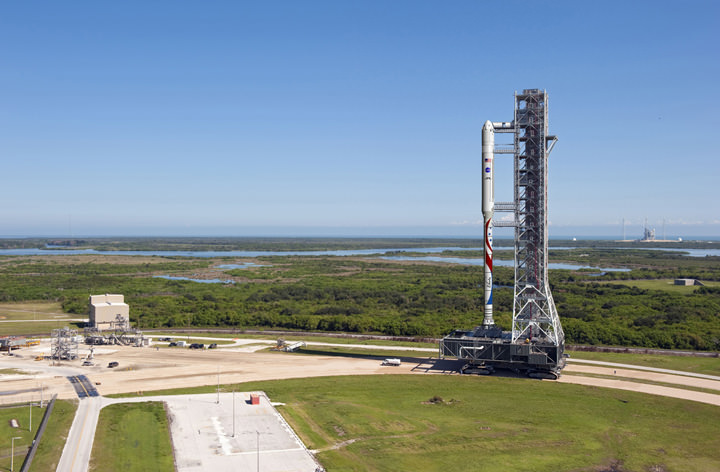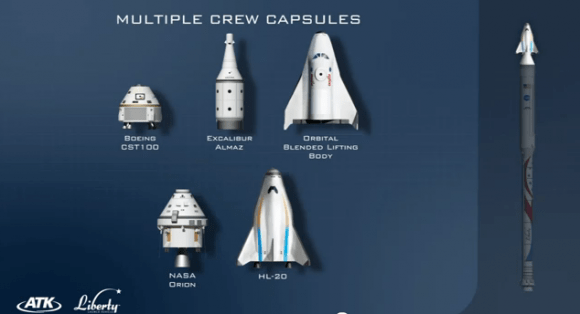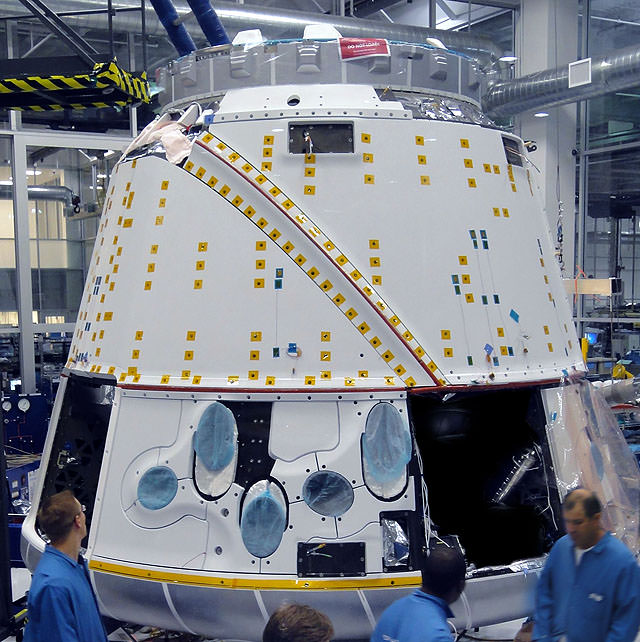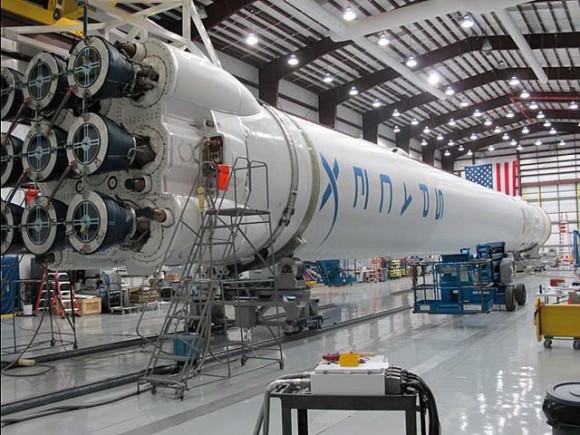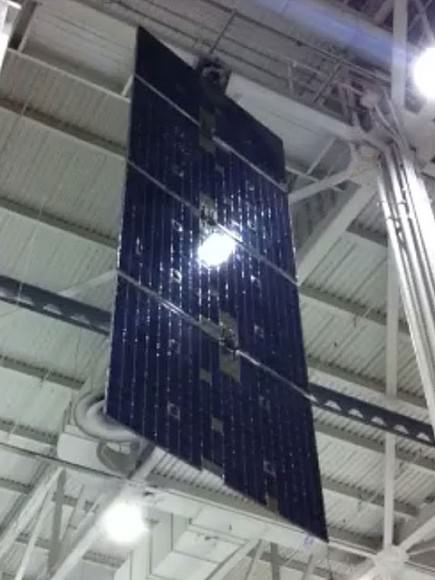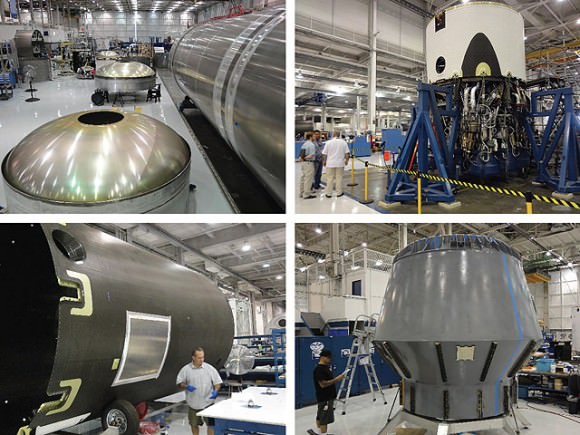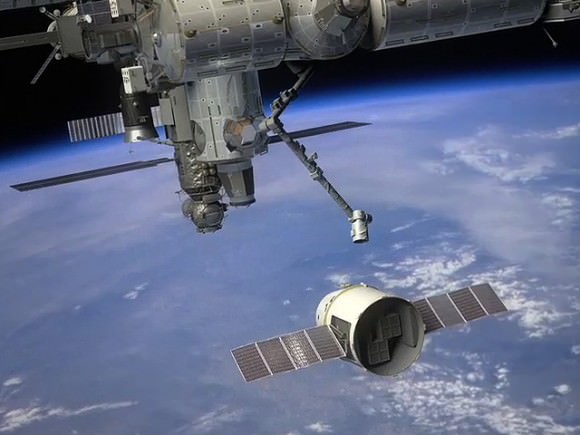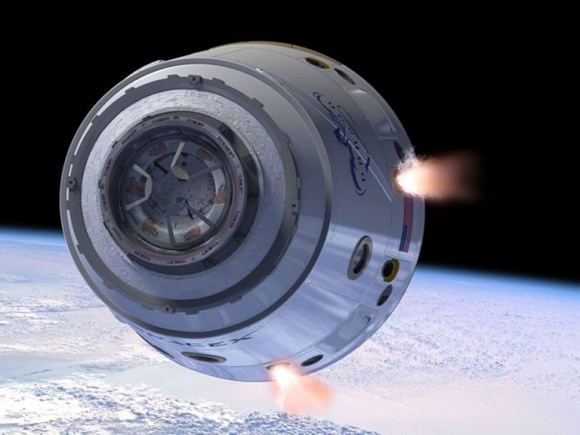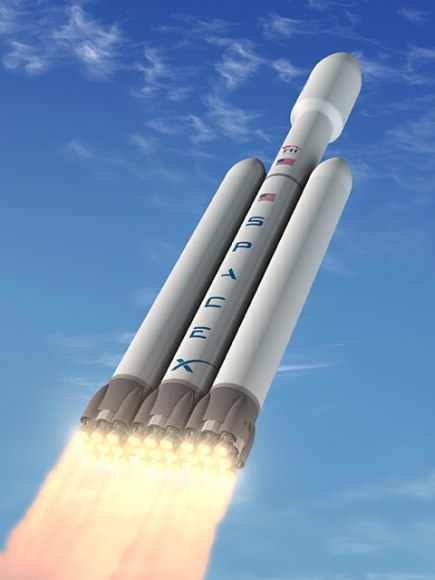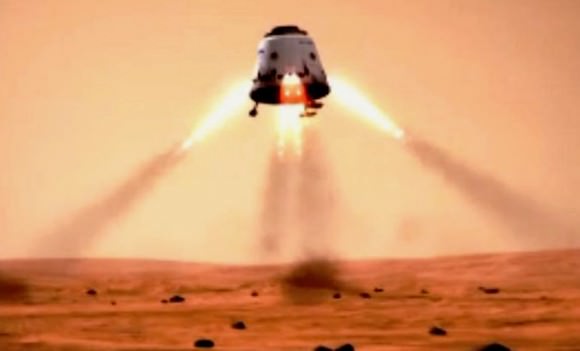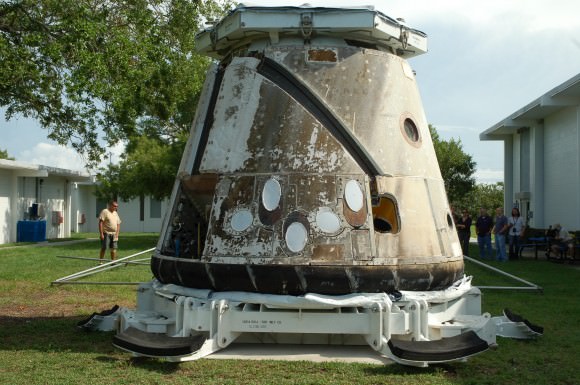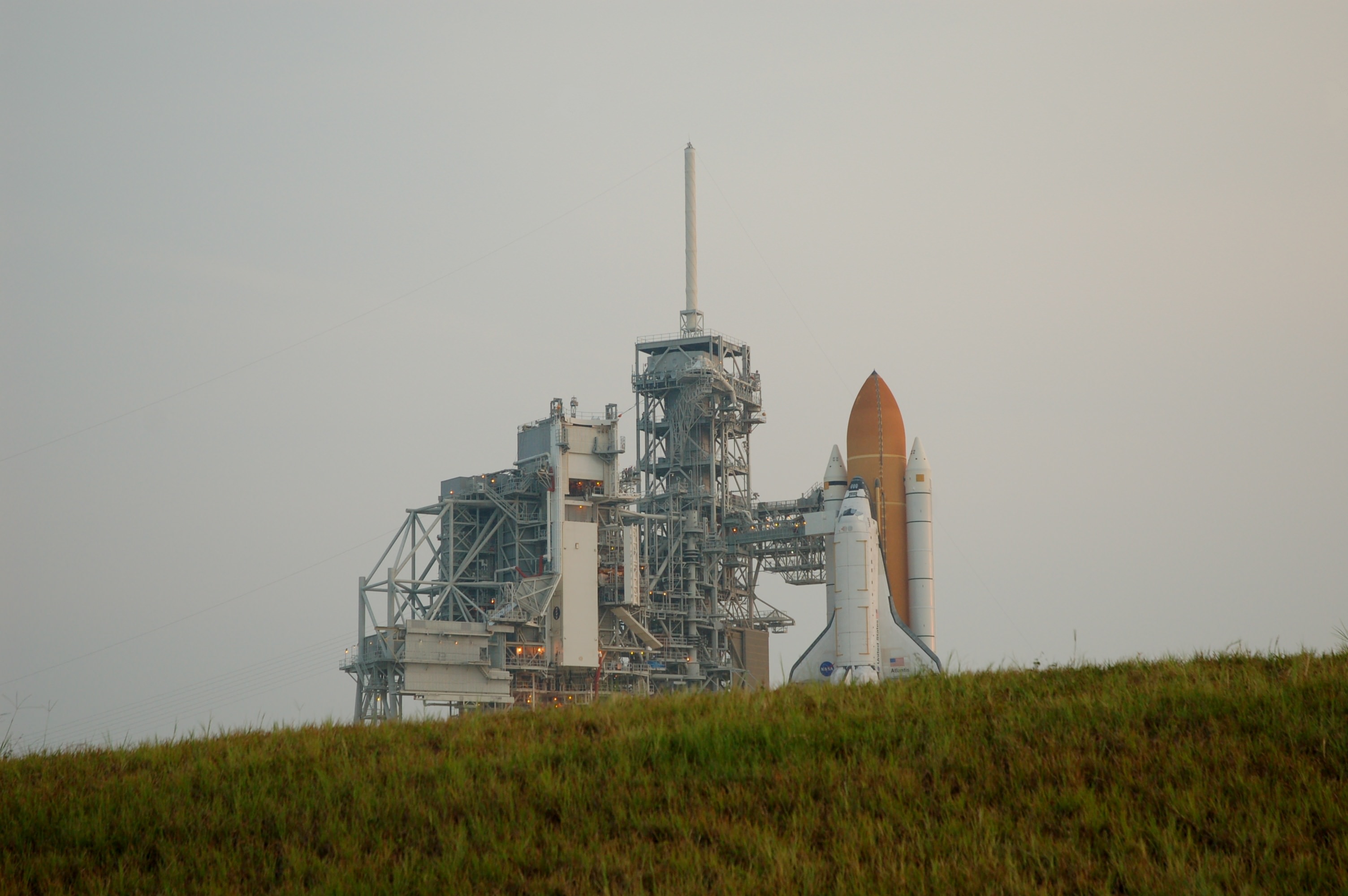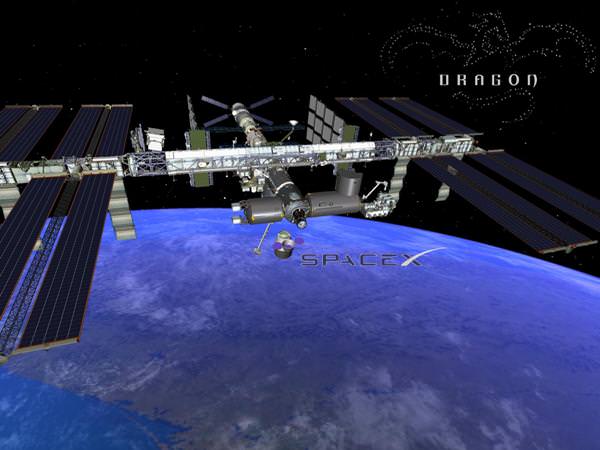[/caption]
CAPE CANAVERAL, Fla – NASA’s recent unveiling of what its Space Launch System or SLS would look like created a buzz in the aerospace industry. Some experts in this field have weighed in on what they thought of the design, the politics and the time involved in producing the space agency’s next heavy-left launch vehicle.
Wayne Hale was NASA’s shuttle program manager before he left the space agency in 2010. In his view, the rocket is a needed tool to provide the country with the tools needed to power the U.S. to points beyond low-Earth-orbit (LEO).
“All of us who are interested in the future advancement of space exploration applaud any efforts to expand launch capabilities. If the nation can afford a large rocket like the SLS, it would be very useful in the long run,” Hale said.
Kent Rominger, a former astronaut who is now Alliant Techsystems Vice-President for Test and Research Operations agrees. He says that the United States does not need either access to LEO or a heavy lift rocket – it needs both.
“For some reason we’ve been told that it’s either Heavy-Lift or access to LEO,” said Rominger. “If we ever want to go beyond LEO again – we need heavy lift.”
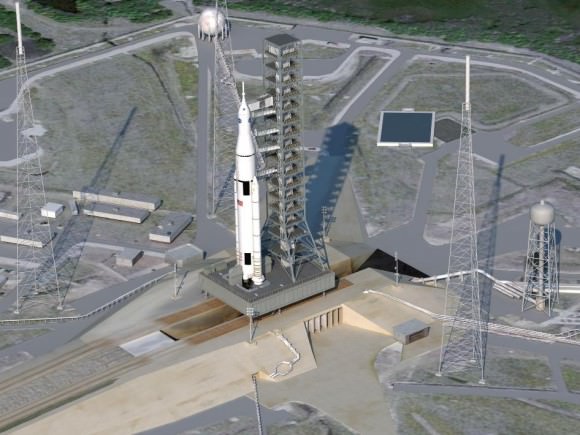
Robert Springer has decades of experience in the aerospace industry. First as a fighter pilot, and then as an astronaut before he entered the private sector with Boeing.
“It’s a relief to finally get a decision out of NASA, hopefully one that is fully supported by the administration and congress in terms of budget. On the surface, it doesn’t seem like much, if anything new, in the way of technology. So why is it going to take so long to get it into testing and flight—NASA did the Apollo evolution faster, and it was pretty much new technology. Even the proposed look at liquid boosters is hardly new; MSFC (Marshall Space Flight Center) had several contracts with industry to look into this technology back in the 1990’s. There are likely other areas of technology enhancement that will be included, but again, I am relatively sure that a lot of the technology (new power storage devices, something other than hydrazine for control jets, improved monitoring systems, etc) has or is being looked at. In fact, shuttle was working on that sort of technology before the administration decided to pull the plug and cancel shuttle,” Springer said. “So, good to see NASA moving forward, but it would seem that they’re really being very conservative about going forward—not sure why. Other item of note, the latest announcement that the commercial development is going to take a step back and go forward with more traditional procurement, as opposed to some of the advances made in terms of the Space Act, seems like a giant leap backward.”
Charles Bolden, a former astronaut himself and NASA’s current administrator had this to say after NASA unveiled the rocket to the world.
“This launch system will create good-paying American jobs, ensure continued U.S. leadership in space, and inspire millions around the world,” NASA Administrator Charles Bolden said. “President Obama challenged us to be bold and dream big, and that’s exactly what we are doing at NASA. While I was proud to fly on the space shuttle, tomorrow’s explorers will now dream of one day walking on Mars.”
If other initiatives that NASA is currently investing in as well as SLS prove viable in the long term the space agency stands to not only regain the capacity to send astronauts to the International Space Station – it would also be able to once again travel beyond LEO.
